Archives
- 2025-12
- 2025-11
- 2025-10
- 2025-09
- 2025-03
- 2025-02
- 2025-01
- 2024-12
- 2024-11
- 2024-10
- 2024-09
- 2024-08
- 2024-07
- 2024-06
- 2024-05
- 2024-04
- 2024-03
- 2024-02
- 2024-01
- 2023-12
- 2023-11
- 2023-10
- 2023-09
- 2023-08
- 2023-07
- 2023-06
- 2023-05
- 2023-04
- 2023-03
- 2023-02
- 2023-01
- 2022-12
- 2022-11
- 2022-10
- 2022-09
- 2022-08
- 2022-07
- 2022-06
- 2022-05
- 2022-04
- 2022-03
- 2022-02
- 2022-01
- 2021-12
- 2021-11
- 2021-10
- 2021-09
- 2021-08
- 2021-07
- 2021-06
- 2021-05
- 2021-04
- 2021-03
- 2021-02
- 2021-01
- 2020-12
- 2020-11
- 2020-10
- 2020-09
- 2020-08
- 2020-07
- 2020-06
- 2020-05
- 2020-04
- 2020-03
- 2020-02
- 2020-01
- 2019-12
- 2019-11
- 2019-10
- 2019-09
- 2019-08
- 2018-07
-
Studies have demonstrated that AT plays a
2024-11-19
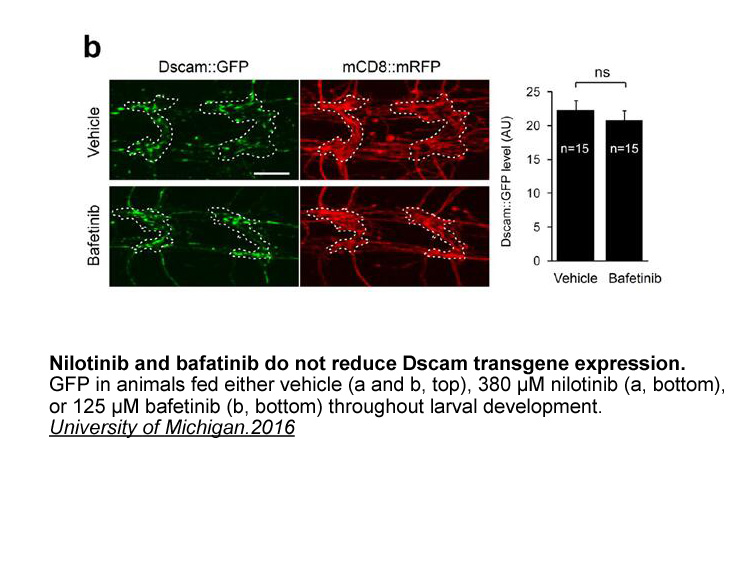
Studies have demonstrated that AT2 plays a greater role in modulating arterial pressure in females than in males. Chronic low-dose infusion of Ang II decreased blood pressure in female rats at a dose that had negligible effects in males. Furthermore, AT2 blockade eliminates the depressor response to
-
GSK2245840 br The lipoxygenase pathway in vascular physiolog
2024-11-18
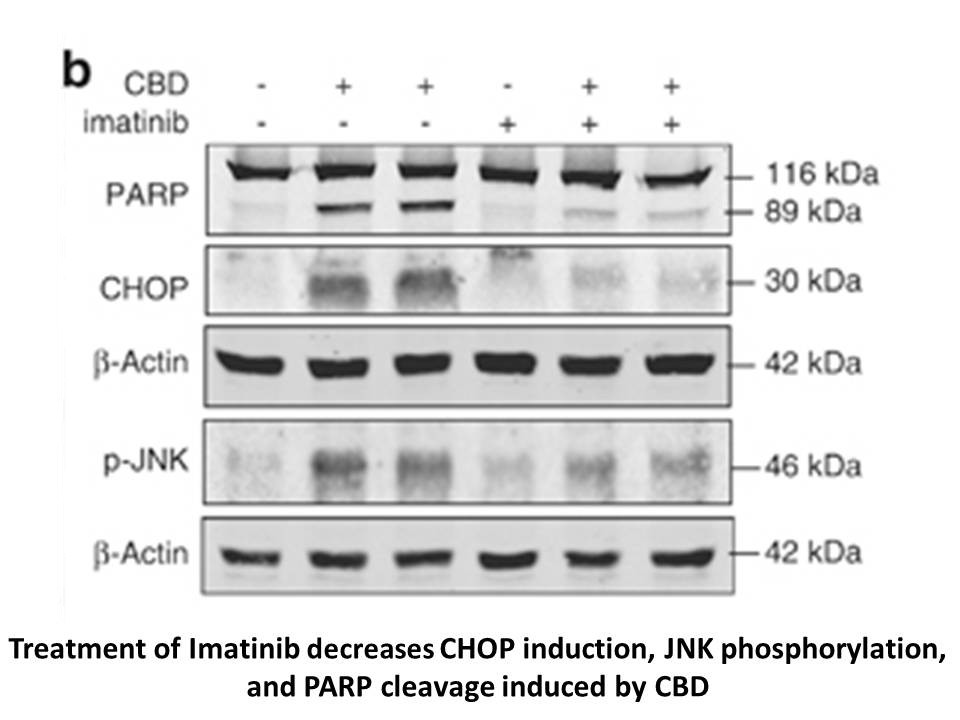
The 12/15-lipoxygenase pathway in vascular physiology and pathology The mammalian 12- and 15-LOXs have high substrate specificity oxidizing predominantly ω−6 (arachidonic and linoleic acids) but also the ω−3 (docosahexanoic) GSK2245840 [86], [87], [88]. Different LOXs oxidize fatty acids both in
-
br Pathophysiology of Alzheimer disease Alzheimer disease
2024-11-18
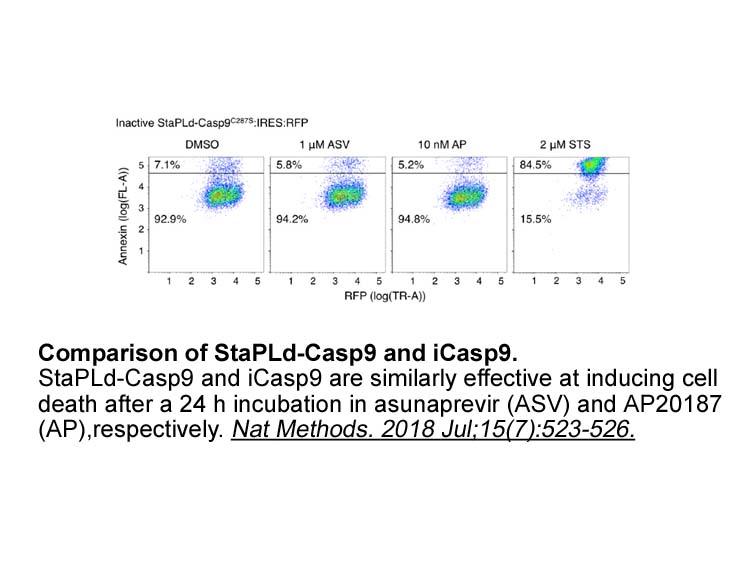
Pathophysiology of Alzheimer disease Alzheimer disease is characterized by severe neurodegeneration, neuroinflammation, and progressive loss of cognitive abilities. The diagnostic criteria for dementia released by the National Institute on Aging-Alzheimer's Association define dementia as the deve
-
We found evidence of the
2024-11-18
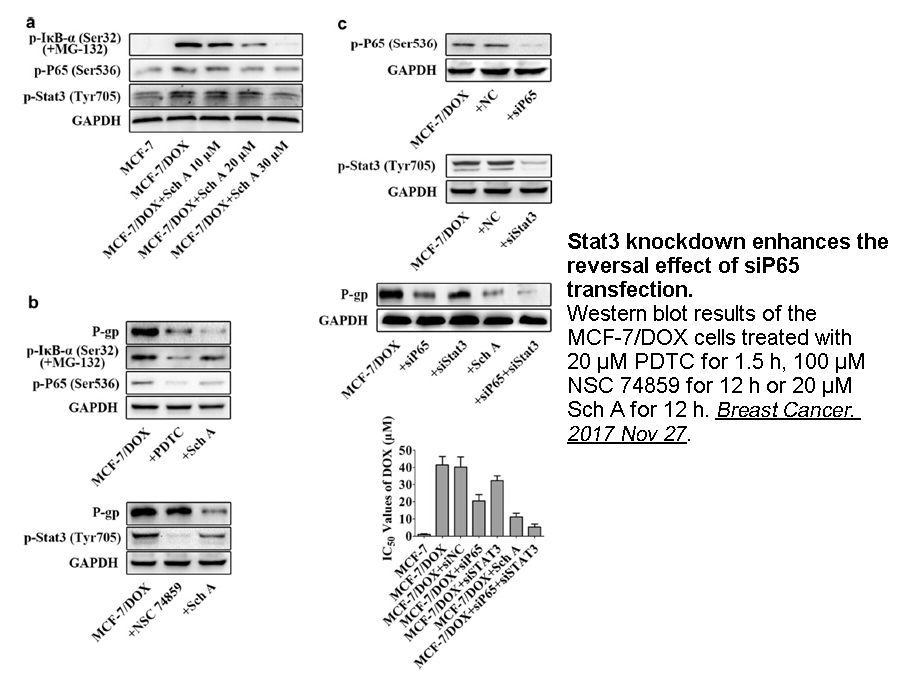
We found evidence of the interaction between AR and hemiacetals by evaluating the effect of glucose on l-idose reduction. l-idose was recently proposed as the best AR substrate able to mimic glucose [38]. This aldose is structurally very closely related to d-glucose, from which it differs only in th
-
In glaucoma the primary retinal defect appears in the
2024-11-18
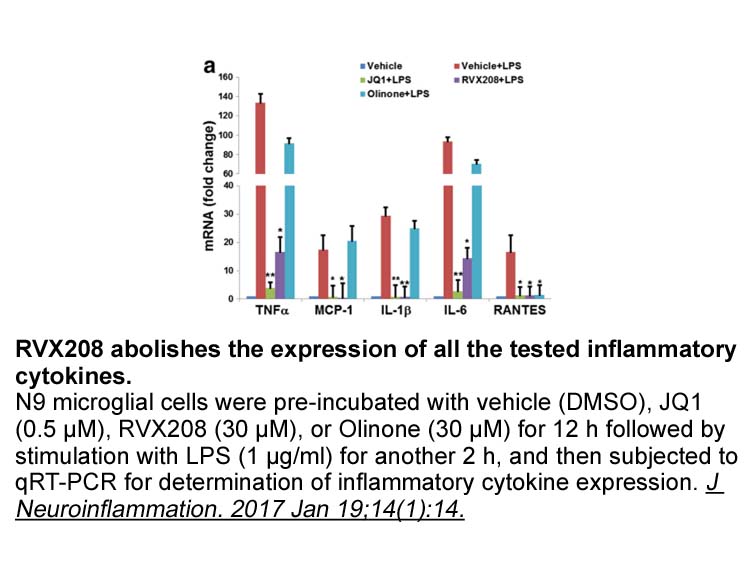
In glaucoma, the primary retinal defect appears in the GCL, whereas the other retinal layers appear normal (Kendell et al., 1995). In the current work, chronic elevation of IOP induced RGC apoptosis, especially in the GCL, and α2 adrenergic treatment reduced RGC apoptosis. Various studies have repor
-
The pathogenesis of d penicillamine
2024-11-18
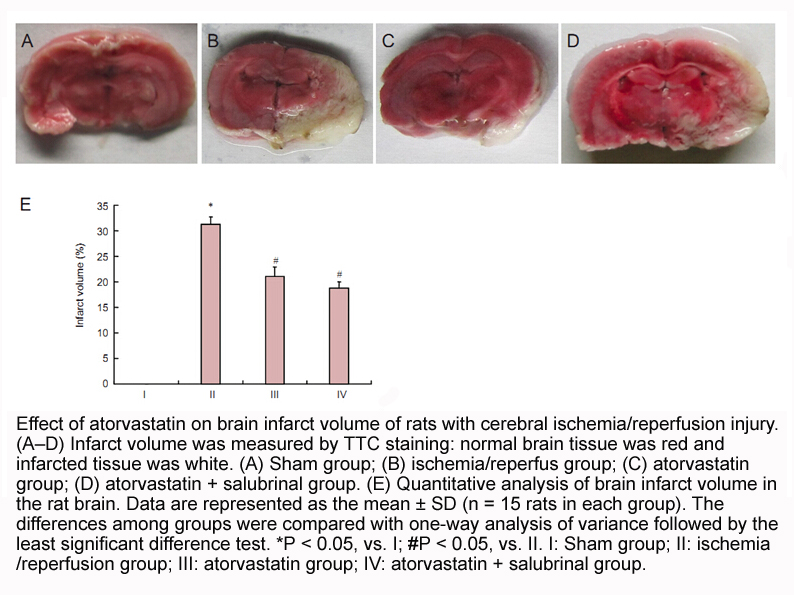
The pathogenesis of d-penicillamine-induced MG is not clear. The repertoire of anti-AChR DNA Damage DNA Repair Library in d-penicillamine-induced MG has been shown to be similar to that in idiopathic MG in terms of AChR antigenic regions, suggesting a common immune mechanism (Tzartos et al., 1988).
-
The difficulty of characterizing nAChRs in the central
2024-11-18
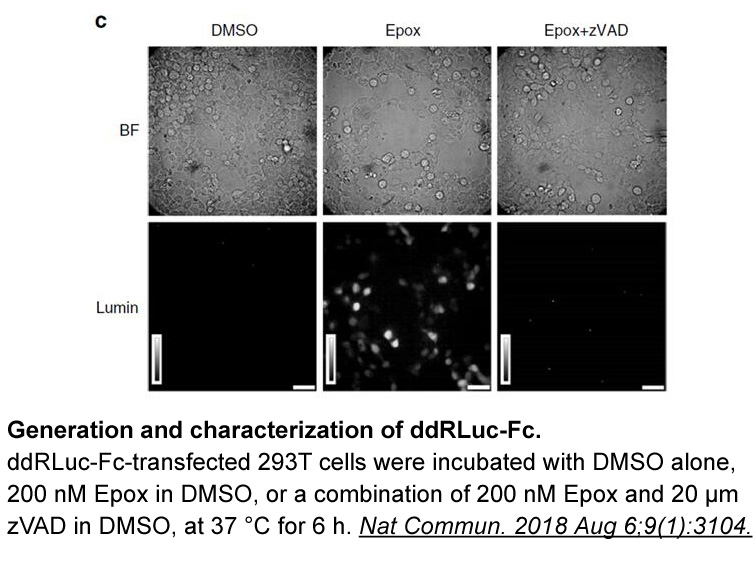
The difficulty of characterizing nAChRs in the central nervous system is also exemplified by early observations that nicotine caused no detectable effect when applied on a brain slice and it is only with the focal and high time resolution of more recent experiments that the effects of nicotinic neur
-
br Acknowledgements br Introduction Resistant
2024-11-18
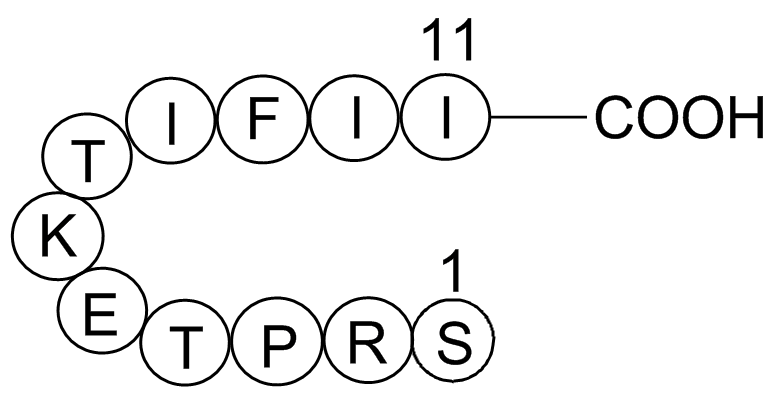
Acknowledgements Introduction Resistant hypertension (RH), is defined as blood pressure (BP) > 140/90 mm Hg despite three full doses antihypertensive drugs including a diuretic. Controlled hypertensive patients taking four brucine australia or more of antihypertensives are also considered resi
-
The altered frequency of CD T
2024-11-18
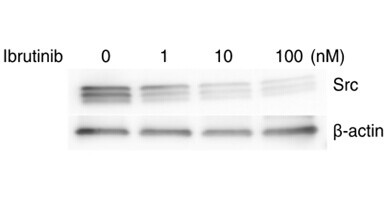
The altered frequency of CD4+ T Hordenine receptor in 5-LO−/− mice led us to hypothesize that these leukocytes could be exerting a primary control of the inflammatory response. In fact, the lack of 5-LO resulted in the accumulation of CD4+CD25+ cells expressing Treg markers. It is plausible to spec
-
br Acknowledgements M M M is the William Dow
2024-11-18

Acknowledgements M.M.M. is the William Dow Lovett Professor of Neurology and is supported by grants from the Michael J. Fox Foundation for Parkinson's Research, the American Parkinson Disease Association, the New Jersey Health Foundation/Nicholson Foundation, and by the National Institutes of Hea
-
br Secreted enzymes Only two secreted S
2024-11-15
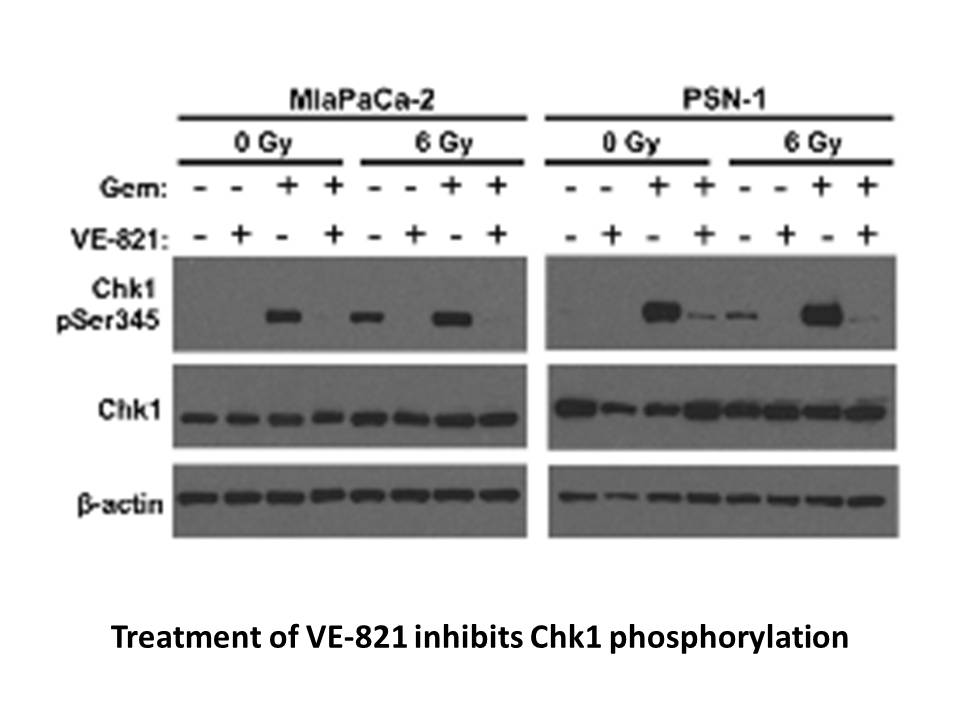
Secreted enzymes Only two secreted S. aureus enzymes reportedly induce apoptosis, namely, staphylococcal staphopain B (SspB) and coagulase. SspB selectively cleaved CD11b/CD18 integrin and induced an apoptosis-like cell death in neutrophils and monocytes (Smagur et al., 2009). Neutrophils or mono
-
Previously we have detected the expression of APJ receptor o
2024-11-15
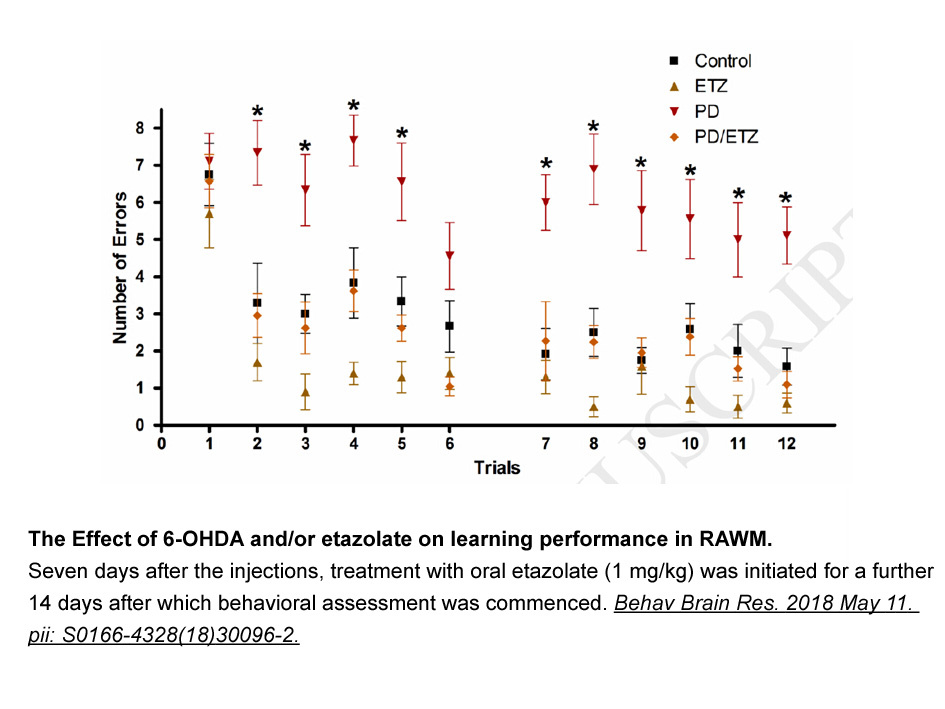
Previously, we have detected the expression of APJ receptor on stomach projecting Ramelteon in DMV, in addition, icv administration of apelin-13 induced a remarkable c-Fos activation in those cells which were previously marked by a retrograde neuronal tracer fast blue (Birsen et al., 2016). Moreove
-
br Materials and Methods br
2024-11-15
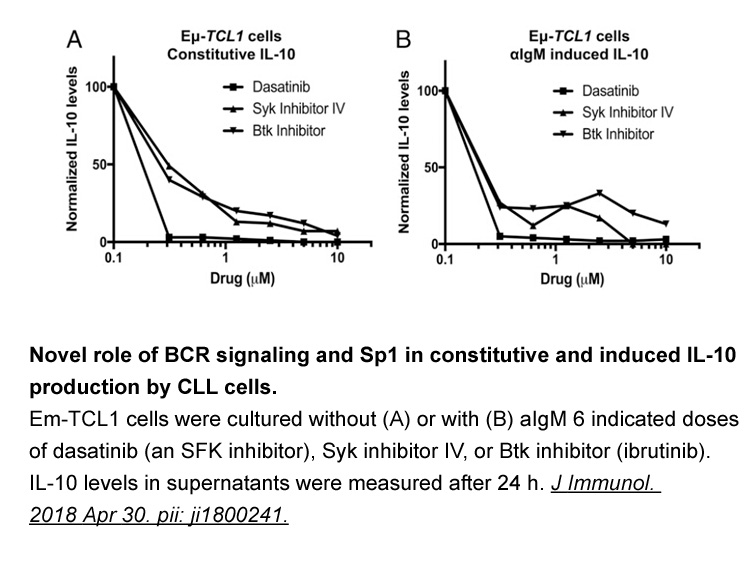
Materials and Methods Results Discussion XHP is a traditional Chinese anti-cancer medicine that is widely used for the treatment and adjuvant treatment of breast cancer. XHP has been shown to induce apoptosis in various breast cancer EPI-001 synthesis in vitro, including Hs578T, MCF-7, and
-
The subnuclear localizations of redox
2024-11-15

The subnuclear localizations of redox regulators is also largely unknown. The potential role of thiol reductases as transcription regulators or DNA repair molecules may suggest an association to DNA. In this way, the presence of a zinc finger domain potentially involved in protein/DNA interactions o
-
It was reported that oral administration
2024-11-15
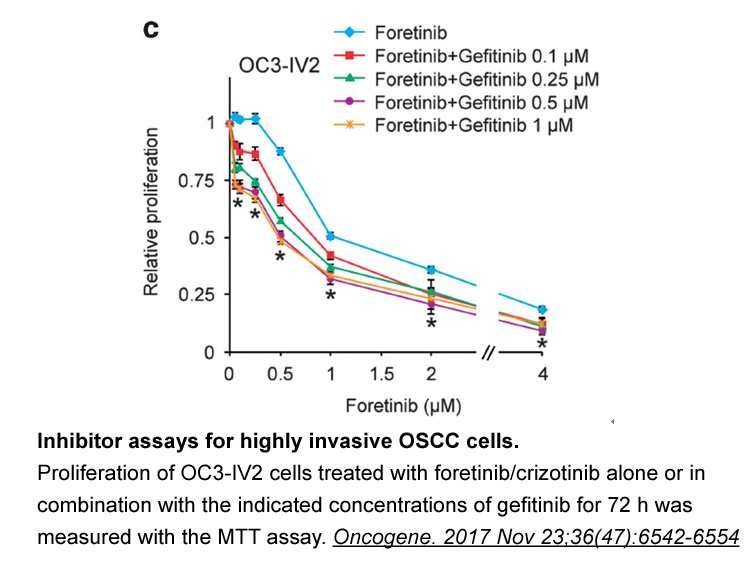
It was reported that oral administration of CSZ to C57BL/6J mice significantly improved spatial learning and memory, and prevented Aβ-induced immunoresponse in Aβ25-35-injected mice. However, post-treatment with CSZ after Aβ25-35 administration, when Aβ was already accumulated, did not prevent Aβ-in
14468 records 57/965 page Previous Next First page 上5页 5657585960 下5页 Last page